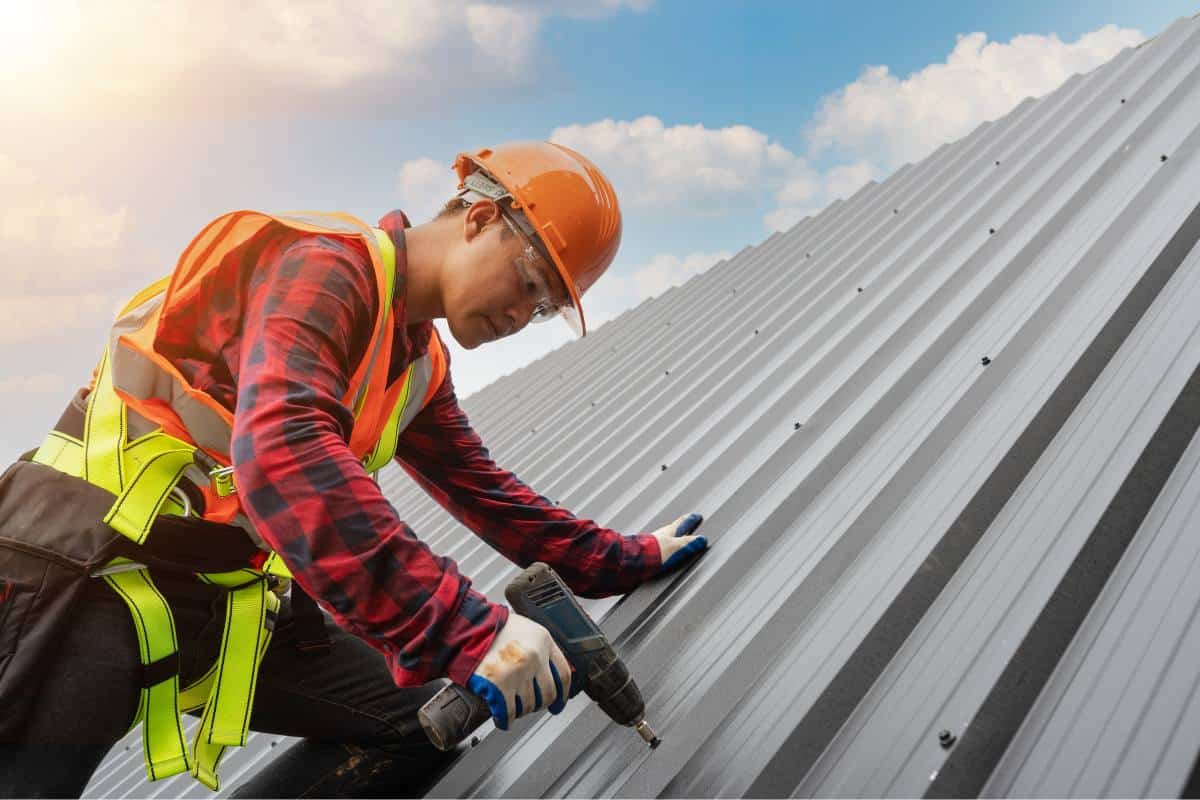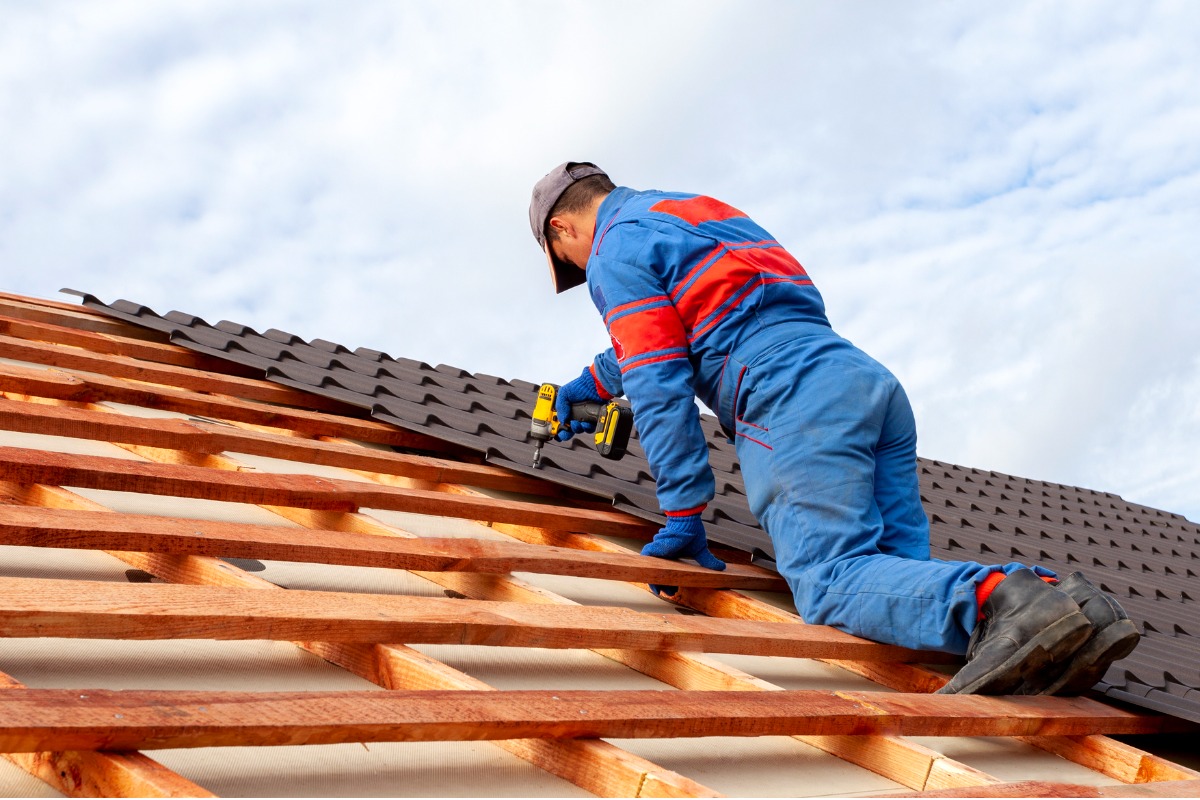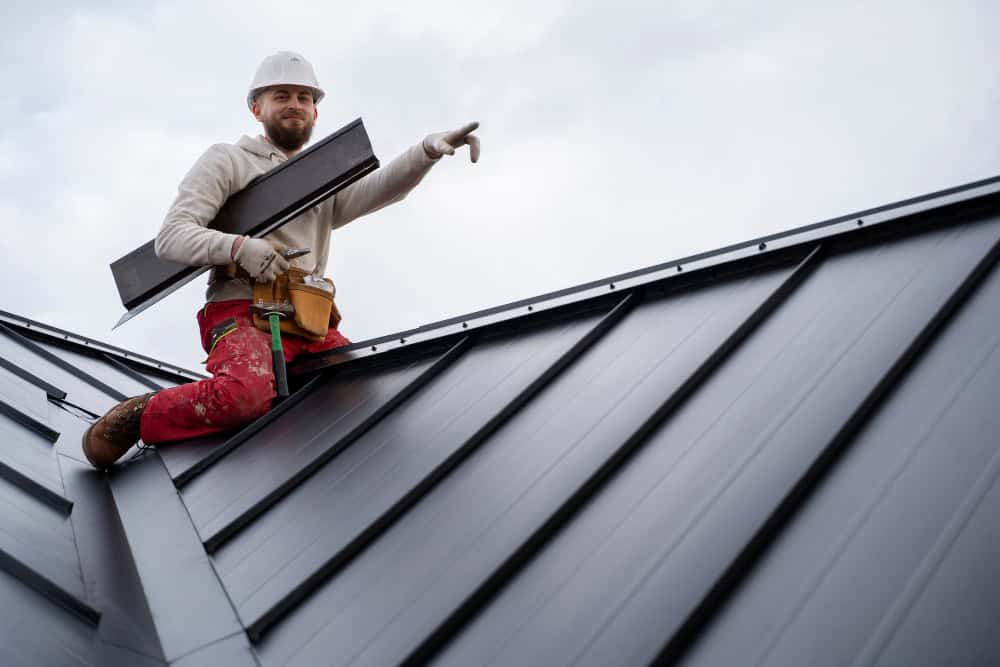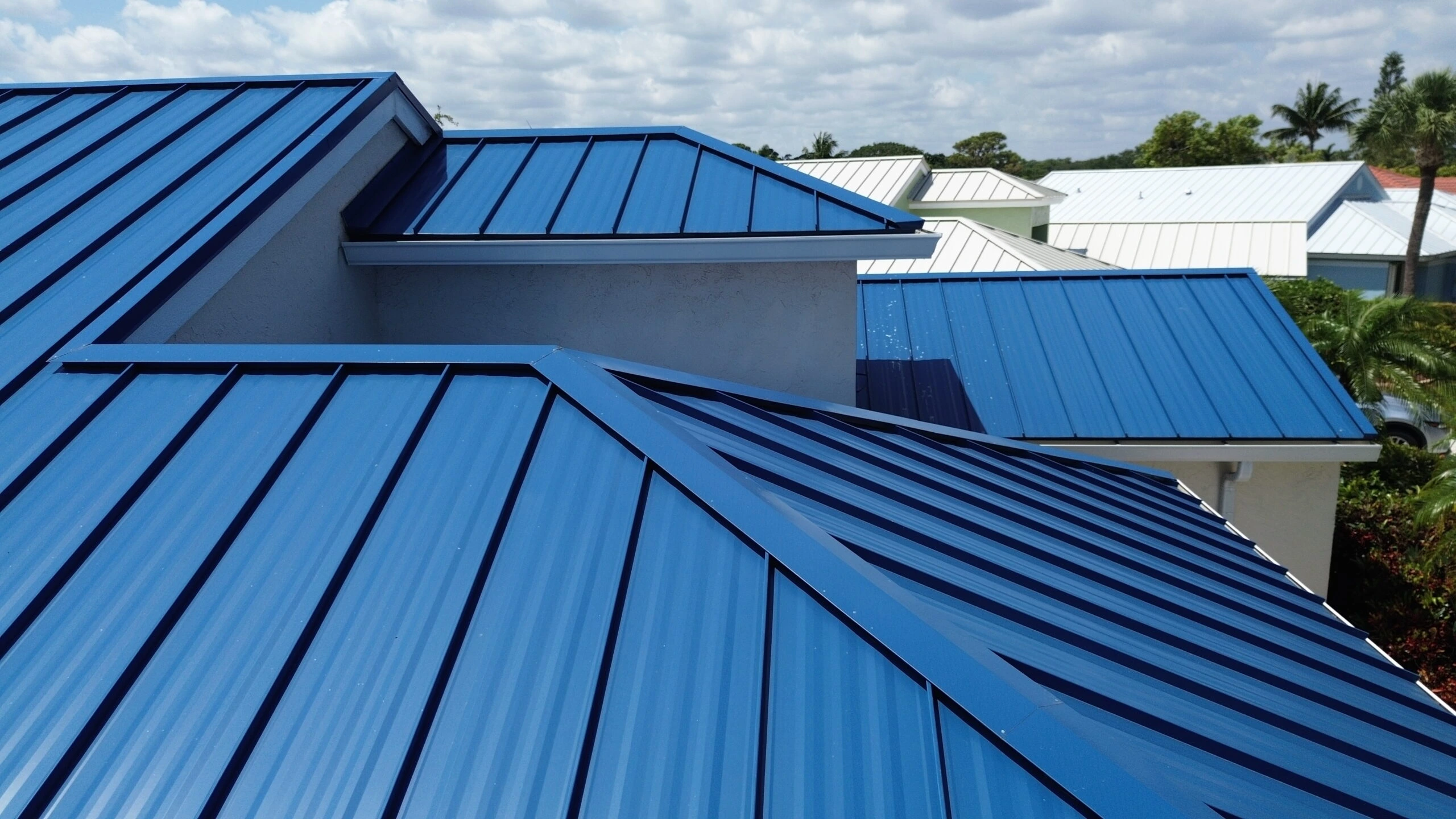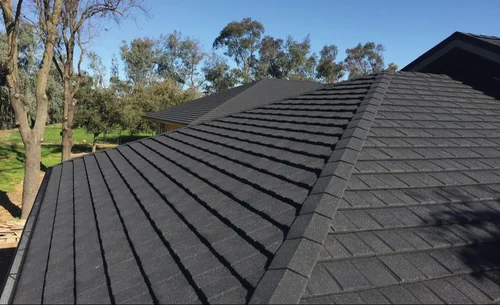Every roof installation begins with careful planning. Roofing contractors assess the architecture of the home, local climate conditions, and the homeowner’s priorities before recommending materials and techniques. In areas with intense heat, heavy rain, or strong winds, material selection is critical. However, even the most durable roofing material can fail prematurely if installed improperly. That’s why choosing a skilled and experienced roofing team is just as important as selecting the right products.
The process usually begins with preparation of the roof deck. If the project is a replacement rather than a new build, existing materials must first be removed down to the sheathing. This step allows the contractor to inspect the underlying wood structure and identify any damage, rot, or weak spots that need to be replaced. Once the surface is clean and sound, a water-resistant barrier is applied to prevent moisture from penetrating beneath the roofing materials. This underlayment serves as a second line of defense against rain and humidity.
Next, flashing is installed around key areas like chimneys, skylights, vents, and valleys. These components prevent water from seeping into vulnerable seams and joints. The precision of this step is crucial. Improperly installed flashing is one of the most common causes of roof leaks, and mistakes at this stage can lead to costly repairs down the road. Contractors must also ensure that the roof has proper ventilation to allow airflow and reduce heat and moisture buildup in the attic. Adequate ventilation extends the life of the roofing system and improves indoor air quality.
When it comes to placing the roofing materials themselves, each type has specific installation requirements. Asphalt shingles, for instance, are overlapped in a staggered pattern and secured with nails in designated spots to prevent wind uplift. Metal panels must be properly aligned and anchored, with allowances for expansion and contraction due to temperature changes. Tile roofs require a different technique entirely, involving precise placement and often fastening with mortar or clips, depending on the manufacturer’s specifications. Regardless of the material, attention to detail during installation will determine how well the roof performs over time.
The pitch of the roof also plays a role in installation strategy. Steep-slope roofs shed water more efficiently but require additional safety measures during construction. Flat or low-slope roofs may need extra waterproofing layers or different drainage solutions to handle standing water. In both cases, the contractor’s familiarity with the roofing system is vital to ensure durability and functionality.
Throughout the installation process, contractors must follow local building codes and manufacturer guidelines. Compliance with these standards not only guarantees safety but also protects the homeowner’s warranty. Many roofing materials come with extended warranties that are only valid if installed by certified professionals. This is especially important for high-end materials that promise decades of performance.
Once the roofing system is fully installed, the final step involves thorough inspection and cleanup. Contractors review the finished work, confirm that flashing and ventilation systems are properly sealed, and verify that all fasteners are secure. Any leftover materials or debris are removed from the property, and a walkthrough with the homeowner ensures all concerns are addressed.
Investing in proper roof installation is more than a construction project—it’s a decision that influences energy efficiency, home insurance rates, and long-term maintenance costs. A well-installed roof can help regulate indoor temperatures, reduce heating and cooling expenses, and withstand extreme weather conditions. On the other hand, shortcuts and rushed work during installation often lead to leaks, premature aging, and repeated repairs that undermine the value of the initial investment.
For homeowners, the key to a successful roof installation lies in doing the homework. Hiring a licensed, insured, and reputable contractor with experience in the chosen material will make all the difference. Asking questions, reviewing past projects, and reading customer feedback can help determine whether a contractor is truly equipped to deliver long-lasting results.
Roof installation is not a place to cut corners. It’s an opportunity to add strength, beauty, and protection to a home. When installed with care and expertise, a roof becomes more than just a shelter—it becomes a durable, efficient system designed to serve your home for years to come.


